Curious about how much interactive sales experiences cost? I’m sure it will come as no surprise to discover that there isn’t always a simple answer to this most reasonable of questions.
There are a lot of variables that will feed into the final cost of an interactive sales experience. So, it’s not easy to give a ‘one-size-fits-all’ answer. However, it is possible to break down some of those components and offer a helpful guide.
In this blog, we’ll use our 20+ years of experience in sales & marketing (working with bespoke solutions as well as off-the-shelf tools) to point you in the right direction.
We’ll also explain why it’s important to understand what your investment is buying for your company to ensure the best return on investment (ROI).
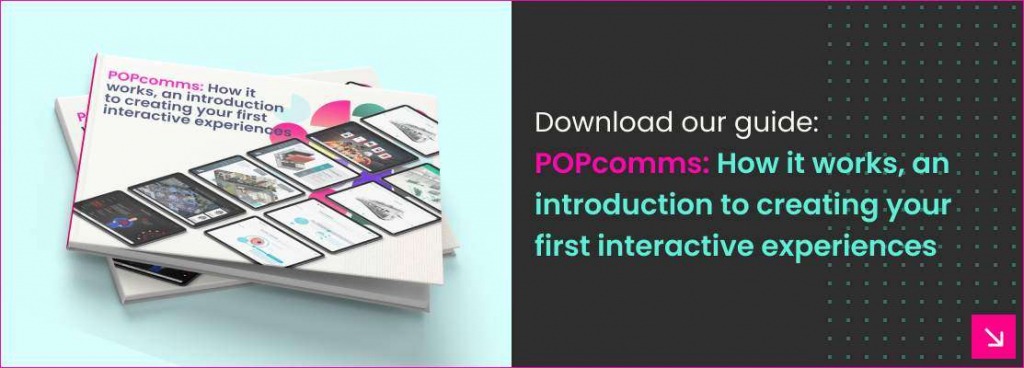
Not all experiences are created equal
Before getting stuck into pricing, the most important thing to do is work out exactly what you need from your interactive sales experience – in terms of features but also your wider business goals.
In other words, what are you getting for your investment? Interactive sales experiences differ substantially. So, similar pricing could hide radically different feature sets.
For instance, what features are you after:
- Data and analytics, tracking of the interactions with your sales experience so you can see what’s being used and shared with potential customers.
- Integrations – Does the sales experience need to connect to your other systems? Such as your Content Relationship Management (CRM), Digital Asset Management (DAM) and Product Information Management (PIM) platforms, or Business Intelligence platforms?
- Does it need offline functionality; so that it works whether you have internet access or not? This is especially useful for tradeshows or places where accessing networks is difficult like hospitals.
- Does it need to be multilingual?
- Do you want to be able to share content directly out of your experience? This is useful if reps want to send content to a customer during a meeting.
- What kind of content do you want to be able to present to customers? Do you want to view videos, PDFs, 3D models, images, product sheets, interactive models etc.?
- Where will you be using your experience, and can it be used in those environments e.g., on laptops and iPads for field reps, on large touchscreens at events, remote over Teams, or even on the web?
- Does it have an experience creation engine that allows you to create more visually compelling experiences, taking your sales presentations to the next level?
- Do you need to be able to create multiple sales experiences from within one platform?
- Do you want a Content Management System so you can easily modify and update any content?
Then, of course, you have your business objectives to consider:
- Do you need to improve your win ratios?
- Are you trying to move to digital sales materials to reduce your reliance on printed collateral?
- Are you trying to improve sales team productivity, reducing the time reps spend on admin?
- Do you need to enable your sales team to handle an ever-increasing product portfolio?
- Do you need a tool that addresses your customer’s desire to move to rep-free sales so you need an experience they can use in their own time?
- Are you being outgunned by the competition?
- Have you launched a new product or brand refresh and want to ensure this is effectively rolled out across your organisation?
Again, there are plenty of features and benefits that a sales experience can help with, but identifying these and prioritising them is critical.
The answer to these questions will determine not only the overall cost but also the likely timescales involved and your level of involvement in the process.
A few other considerations
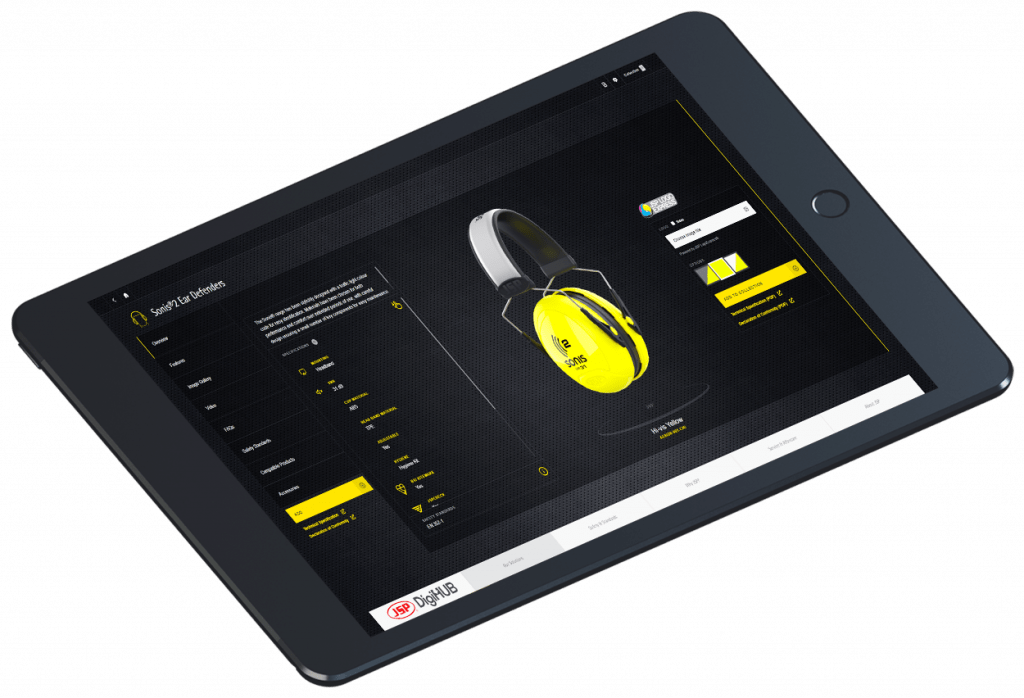
That isn’t everything, though here are a few other things to consider:
- Setup and onboarding fees – A number of the more advanced platforms will charge an amount to get you set up on their platforms. Especially those with complex integrations.
Fees for these can range from £10,000 ($10,000) to £30,000 ($30,000) and more.
- Experience creation – for platforms with a creator engine, enabling you to create interactive sales experiences, will you be left to do the work, or will there be a professional services charge for creating your first experience?
- It would be reasonable to think that training on your new sales experience software will be included in the price. However, checking that this is the case will avoid any nasty surprises further down the line
- Another factor to consider is the level of ongoing support you can expect. Establish if this will add an additional cost – there may be a grace period after deployment when support is free.
- Another consideration is upgrading the product. Ask about updates, bug-reporting procedures, and what their product roadmap looks like. The answer can either offer reassurance or flag potential additional costs.
Purchase outright or subscribe
It used to be a widespread practice that companies would pay a one-off purchase price for software, with perhaps a regular support and upgrade subscription.
Increasingly software companies, including sales experience providers, are using a subscription pricing model. Although there may also be some discrete, on-off costs involved in the discovery and development phases, as mentioned above.
Software as a Service (SaaS)
The move to subscription pricing has been happening across the software market, not just interactive sales experiences. Industry giants such as Microsoft, Salesforce, Adobe, etc. have embraced it, and it does offer advantages for users.
While some may bemoan the loss of the ‘good old days’ when you paid once for your software, the truth is that support and updates were limited, with companies forced to draw a line in the sand to avoid never-ending obligations.
The subscription model generally factors support and updates into the monthly licence fee. This gives users more confidence in the longevity of the product and its continuing development.
Updates and upgrades are most often rolled out automatically, sometimes adding new features or just addressing any issues which have emerged. This often happens seamlessly in the background.
Despite this, there are some well-established products present in the market which are long overdue for a complete overhaul.
So it’s worth pressing any prospective provider about their development roadmap, what their tech stack is and how old it is, as well as their support policy before committing.

What’s your ROI going to be?
This is the most important part, if you just consider the direct cost you’ll probably never be that happy but it’s the ROI that these platforms can deliver that you should focus on.
- The most important ROI is increased sales or more importantly profit. This is certainly achievable as you can see from one of our customers below.
- Reduced time reps and marketing spend on admin. Reps don’t need to search for content to share with customers as the sales experience is a single source of truth containing all the latest content they’ll need.
- Increased rep productivity – Your reps will spend far less time researching and preparing for meetings and presentations, Research estimates that representatives spend up to 30% of their working day on this. Shocking right?
- The analytics data means your marketing focus and spending can be directed to those assets that have the most traction with customers.
- If you currently rely on printed sales materials, you can expect to see a reduction in those costs (desktop publishing, printing, storage, and distribution) as the bulk of your current sales collateral goes online.
Don’t just take my word for it though, here are some stats from customers on sales benefits.
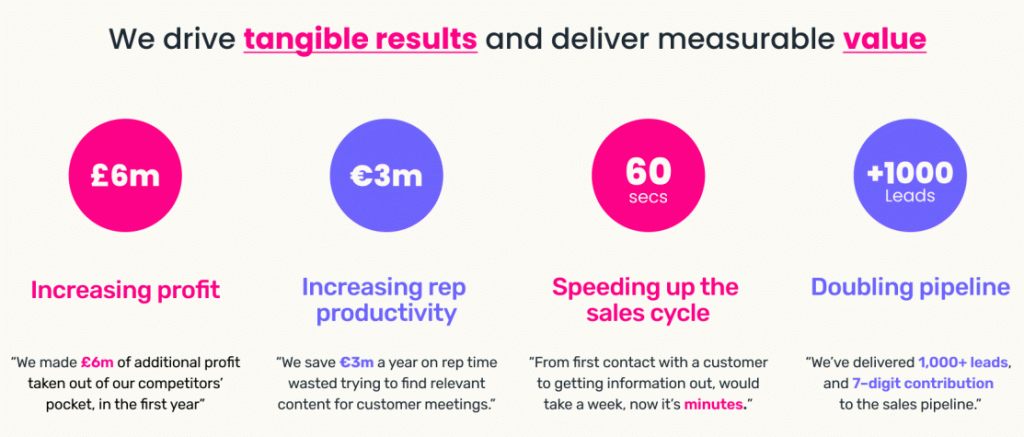
Related Reading: How to Measure the ROI of an Interactive Touchscreen Experience
Pricing
One of the big problems in working out pricing is that most providers are reluctant to share their pricing publicly, so you’ll seldom find it on their websites.
The other factor is that there are a multitude of different pricing models. Here are just a few:
- Consumption-based – where you are charged by the usage, either the amount of content you create or the bandwidth you use, there are a whole load of different factors that can be included
- Classic SaaS model – this is where you pay for the number of users accessing your platform, which will normally include admins (who manage the platform and content) and then front-end users (those that access the content to share with customers.)
- Flat monthly usage – where you pay a fixed amount each month for an unlimited number of users
- Creator licensing – where you pay for each admin who has the ability to create and manage content. All users who only access and read the content, usually sales reps with customers, don’t pay a fee.
These are only a few examples, there are dozens more. Doesn’t exactly make it easy to compare product pricing does it?
For the classic SaaS pricing, you’re probably looking at a price per user or admin of £10-£30 ($15-$40) per month.
Flat monthly usage ranges from £1,000 ($1,000) to £7,000 ($7,500)/ per month.
Creator licences can be £1,000 ($1,000) to £3,500 ($4,000)/ per month.
Tip: There is usually some room for negotiation on licence fees, so don’t be afraid to ask!!
Our advice
It’s almost a trope to answer questions about pricing with “How long is a piece of string?” but remember that you’re dealing with complex software, which makes quoting a price without discussions difficult.
We’ve tried to give an indication of the sort of costs you might encounter when implementing an interactive sales experience, and we’re sure you understand that these are just that – indicative.
Developing and implementing an interactive sales experience is a long-term investment, and you will rightly be looking for a good return for your efforts.
One company we worked with saw a substantial, seven-figure increase in their sales following the deployment of their sales experience which enabled them to upsell and cross-sell more effectively than ever before, dwarfing the cost of both implementation and ongoing subscriptions.
While understanding what you will get for your investment is crucial, never lose sight of the potential a well-executed sales experience can have on your sales figures.
Create your interactive sales experience
Once you have an idea of what you want your experience to achieve, it’s time to sit down with prospective providers and discuss all aspects of implementing a solution.
This is partly why you won’t find a simple pricing structure on their websites, and it’s why we always spend time with potential customers, showing them not only what is possible for them with an experience but how it impacts their business.
If you’d like to know more about investing in an interactive sales experience and want to find out more about the features and benefits for your business, then please book a demo or get in touch today on +44 (0)117 329 1712 or hello@popcomms.com.

Related Posts
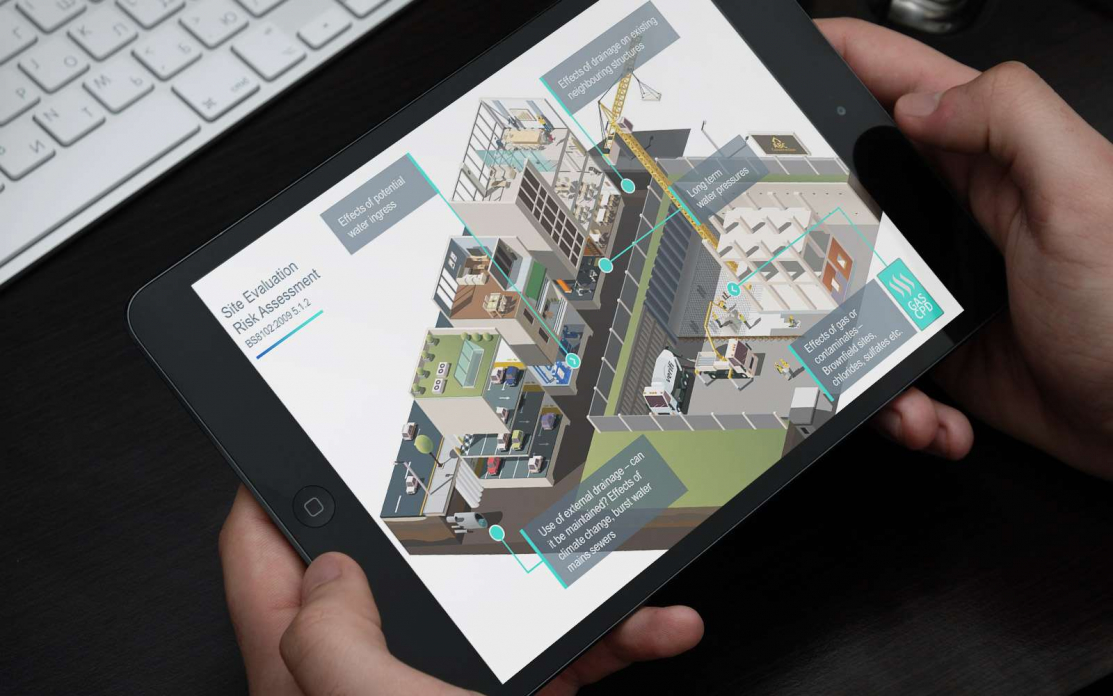
What B2B Marketing Challenges Can Interactive Customer Experiences Help You Overcome?
Read

Digital Transformation: Bolster Sales & Marketing in the COVID-19 World & Future
Read
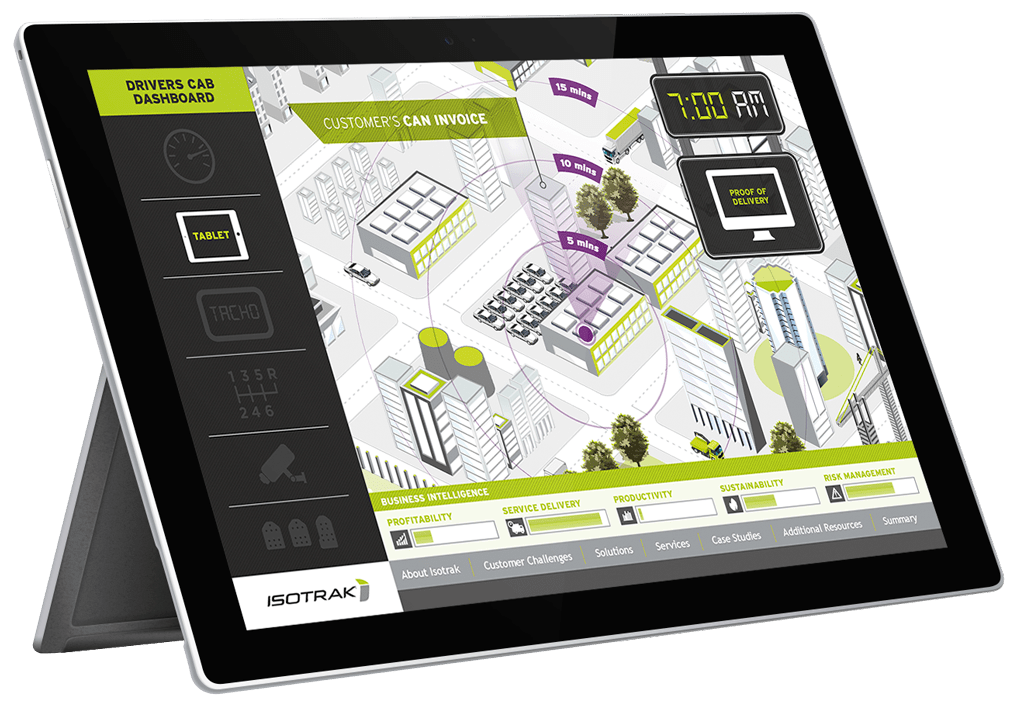
3 Reasons Why You Need More Persuasive Interactive Sales Presentations
Read
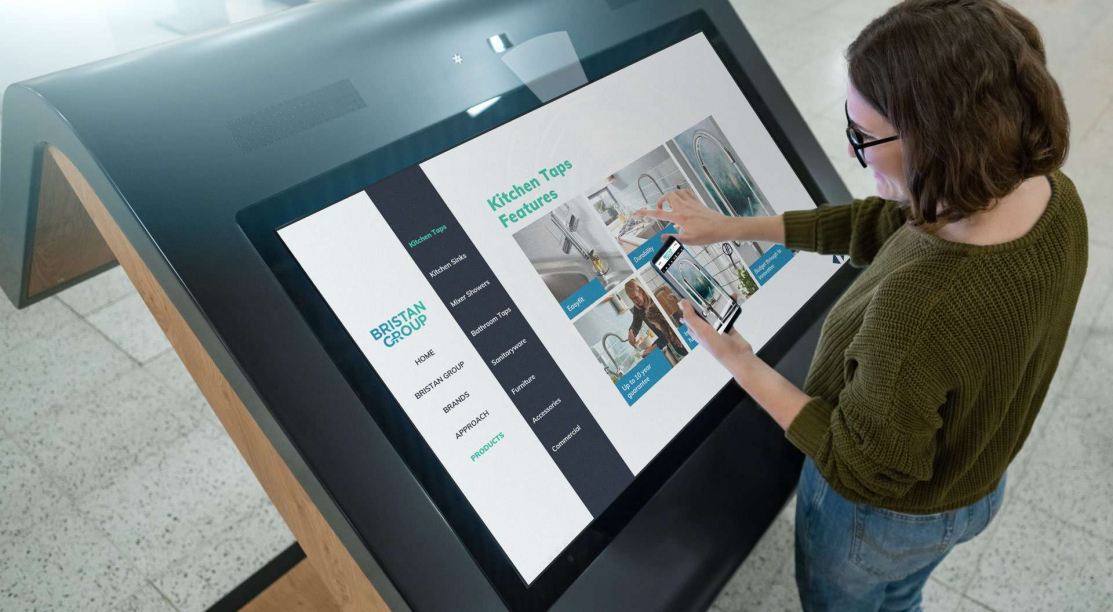
Three Interactive Presentation Rules to Follow
Read